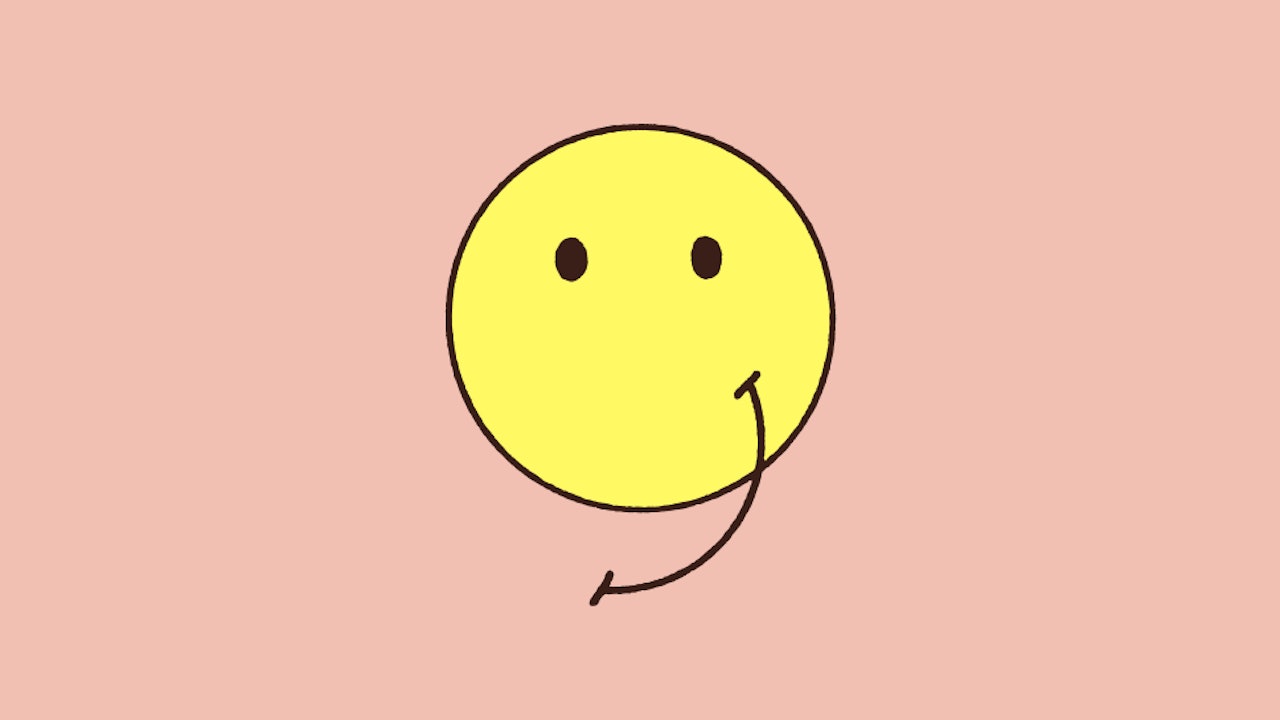NSFW? Part 1: The problem with wellbeing apps

Content
- The path to sustainable performance
- The whole-organization approach vs single-point solutions
- Follow the science
Mental health is bad news. Or at least that’s how many are framing it right now.
Across the media (both mainstream and social), you can’t move for stories on how mental health culture has “gone too far.” That greater awareness of wellbeing might make healthy people ill. Or the sheer amount of tech startups getting fined, or found out, for shady behaviour.
But the mental health crisis is real – 9 in 10 Americans say so. The cost to employers is huge – an estimated $47.6 billion a year. And, don’t forget, this stuff really matters to your staff: in a recent American Psychological Association survey, 92% said working for an organization that values their wellbeing is important to them.
So what if we looked at it another way?
The path to sustainable performance
For every stat that describes a hopeless post-pandemic malaise, there’s another that points out mental health is actually the key to unlocking human potential.
Like the fact mentally healthy organizations are 220% more likely to meet financial targets. Are 11x more likely to have lower levels of absenteeism. And twice as likely to be “great places to work”.
By digging beneath the headlines, divorcing hard data from hype, and facing some inconvenient truths, this five-part blog series will arm you with the know-how you need to support your people and boost business outcomes.
First up:
The whole-organization approach vs single-point solutions
A recent study used survey data to compare a wide range of mental health solutions (from mindfulness and sleep apps to stress management and resilience training), and found that employees who took part were no better off than those who didn’t.
While it’s worth noting these findings are subjective by nature, the fact participants did not feel the benefit is alarming. If schemes built to boost people’s mental wellbeing don’t succeed in doing so – or risk making them worse – why use them?
The fact is, single-point solutions (wellbeing apps, resilience training, EAPs) are unlikely to move the needle for people or performance. Not only is this scatter-gun approach costly, but it’s also a headache for both leaders and employees who have to contend with yet another solution to learn about, promote, download, and rarely use.
Unlike point solutions, adopting a whole-organization approach means driving change at every layer of your businesses, getting to the root causes of mental ill-health and lost productivity. The right platform will give you the data and human expertise to measure and address challenges to maximize investment impact.
By empowering managers and leaders to foster a culture of wellbeing throughout the organization, you can enhance service utilization and integrate better mental health practices across the board. This systemic strategy avoids the minimal impact and low returns you get with siloed health services.
So let’s not cancel the concept of workplace wellbeing quite so soon.
Investing in a science-backed, enterprise-ready wellbeing platform can boost productivity, enhance employee satisfaction, reduce turnover, and deliver ROI. A whole-organisation approach not only supports a healthier workforce but also cultivates a positive organizational culture that attracts top talent.
Follow the science
We get it. Unmind is a workplace wellbeing platform – why would we give air to the idea that some tech solutions might not actually improve people’s mental health?
The fact is, we take science very seriously. So if there’s evidence that suggests a wellbeing initiative doesn’t do the business, like you, we want to know.
After all, what you’ve read above is the very point of science – to prove and disprove, until such a point that the evidence is undeniable, and one theory wins out.
A 2021 systemic overview (i.e. a paper that tracks down every shred of reliable research to answer a specific question) makes a distinction that’s key:
“Although digital interventions for mental health can be effective for both supplementing and supplanting traditional mental health treatment,” it says, “only a small proportion of existing digital platforms are evidence-based.”
What does this mean? In short, mental health platforms are not created equal. There’s the 5% that are backed by credible research (or, to make it mathematical, 1 in every 20). And, well, the other 95% (or 19) that aren’t.
So, when it’s time for your organization to do its own review of workplace mental health, our advice is simple:
Follow the science. Ask for impact. Demand hard evidence.
Thanks for reading part 1 of NSFW?. But don’t stop now. Next up, Part 2: EAPs are broken. ESPs are the future